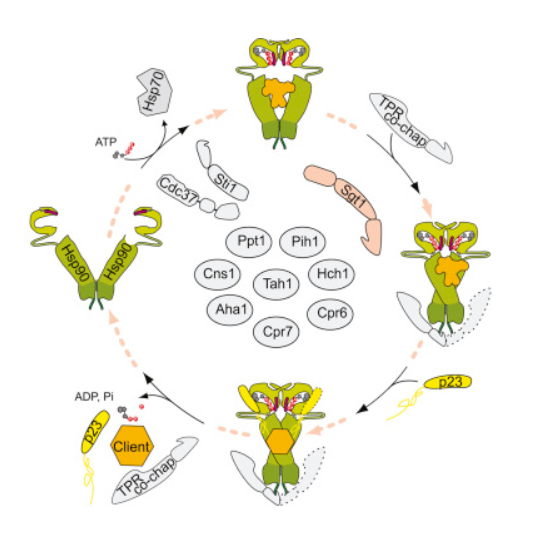The Plasticity of the Hsp90 Co-chaperone System
21-Sep-2017
Molecular Cell, Volume 67, Issue 6, p947–961.e5, DOI: https://doi.org/10.1016/j.molcel.2017.08.004
Molecular Cell, online article
The Hsp90 system in the eukaryotic cytosol is characterized by a cohort of co-chaperones that bind to Hsp90 and affect its function. Although progress has been made regarding the underlying biochemical mechanisms, how co-chaperones influence Hsp90 client proteins in vivo has remained elusive. By investigating the effect of 12 Hsp90 co-chaperones on the activity of different client proteins in yeast, we find that deletion of co-chaperones can have a neutral or negative effect on client activity but can also lead to more active clients. Only a few co-chaperones are active on all clients studied. Closely related clients and even point mutants can depend on different co-chaperones. These effects are direct because differences in client-co-chaperone interactions can be reconstituted in vitro. Interestingly, some co-chaperones affect client conformation in vivo. Thus, co-chaperones adapt the Hsp90 cycle to the requirements of the client proteins, ensuring optimal activation.











